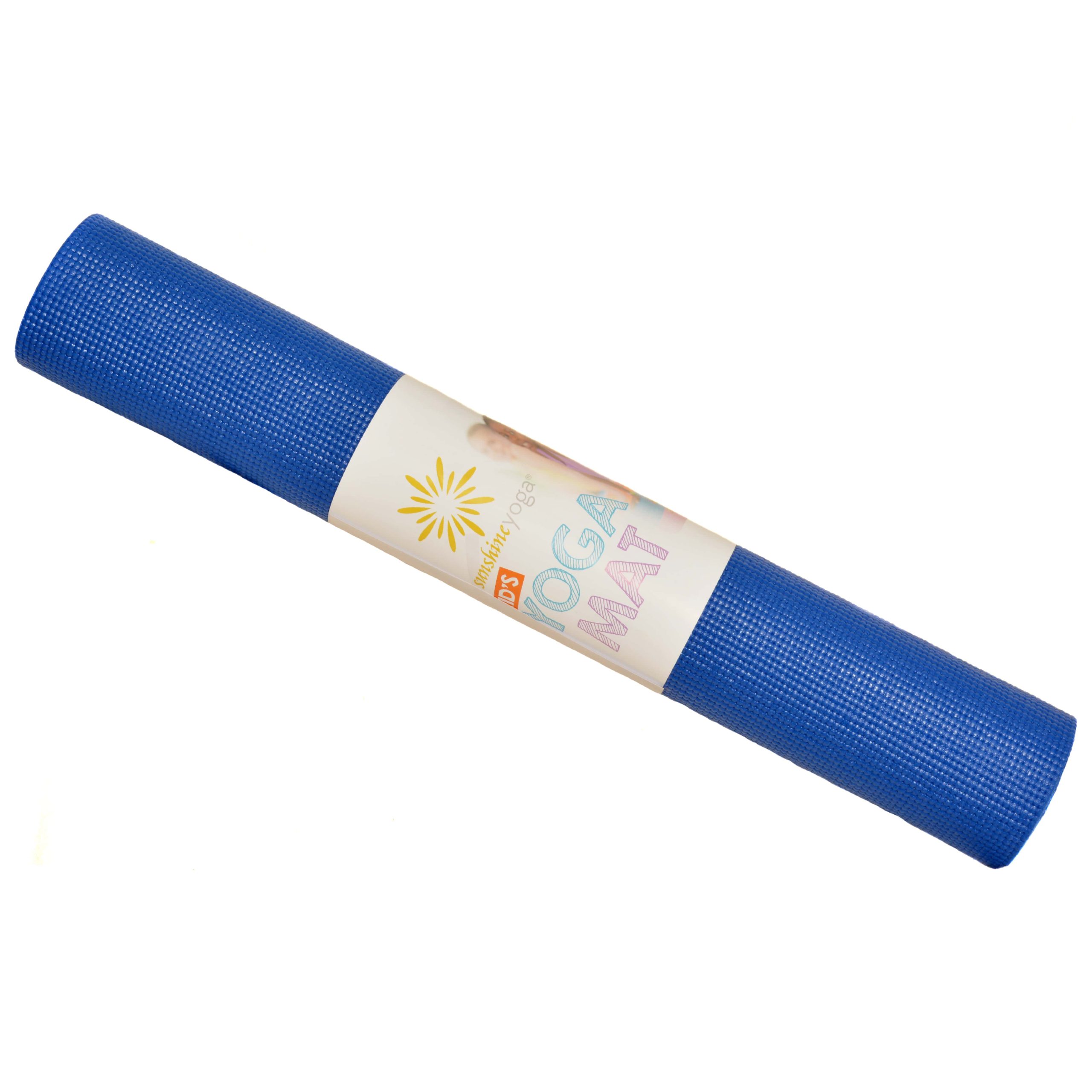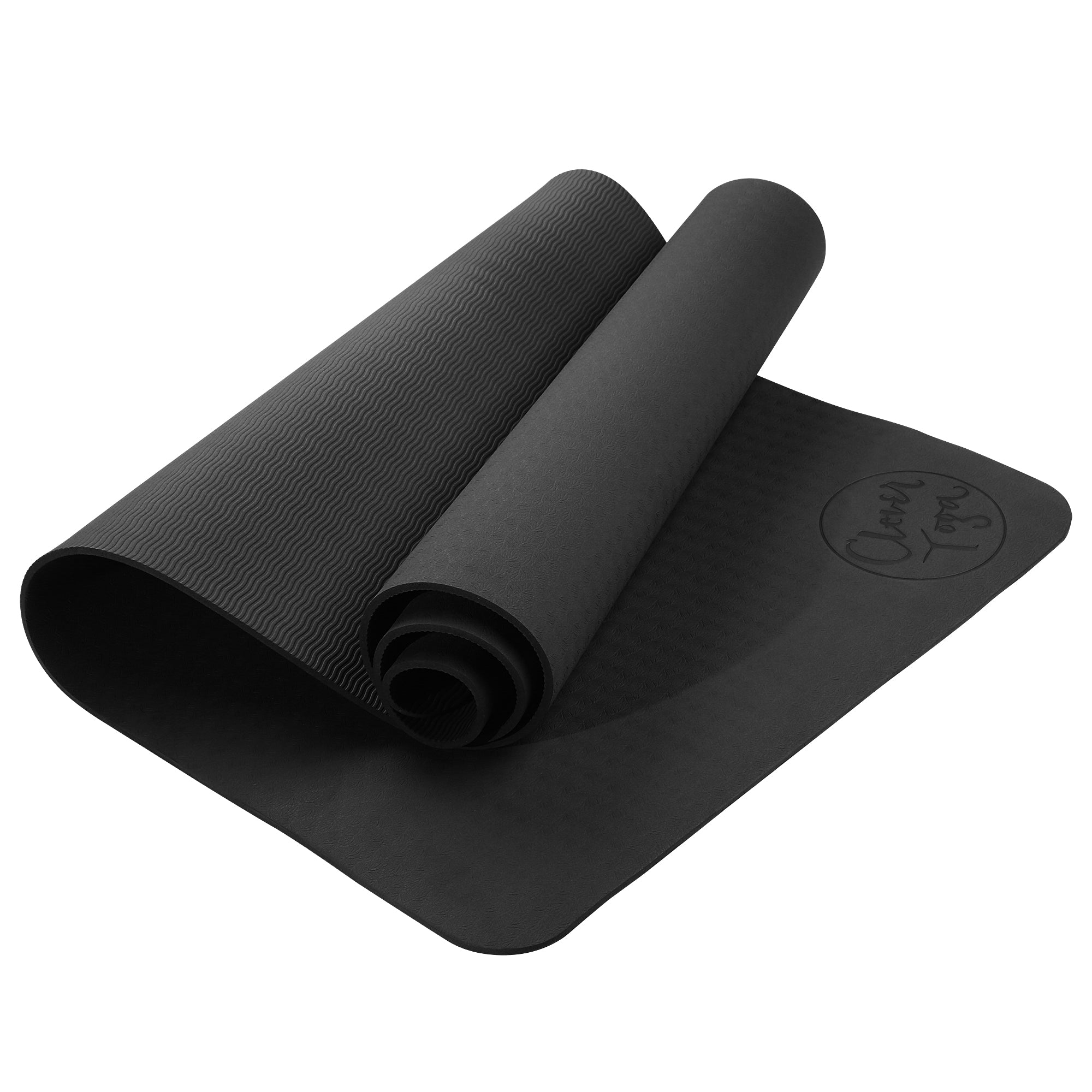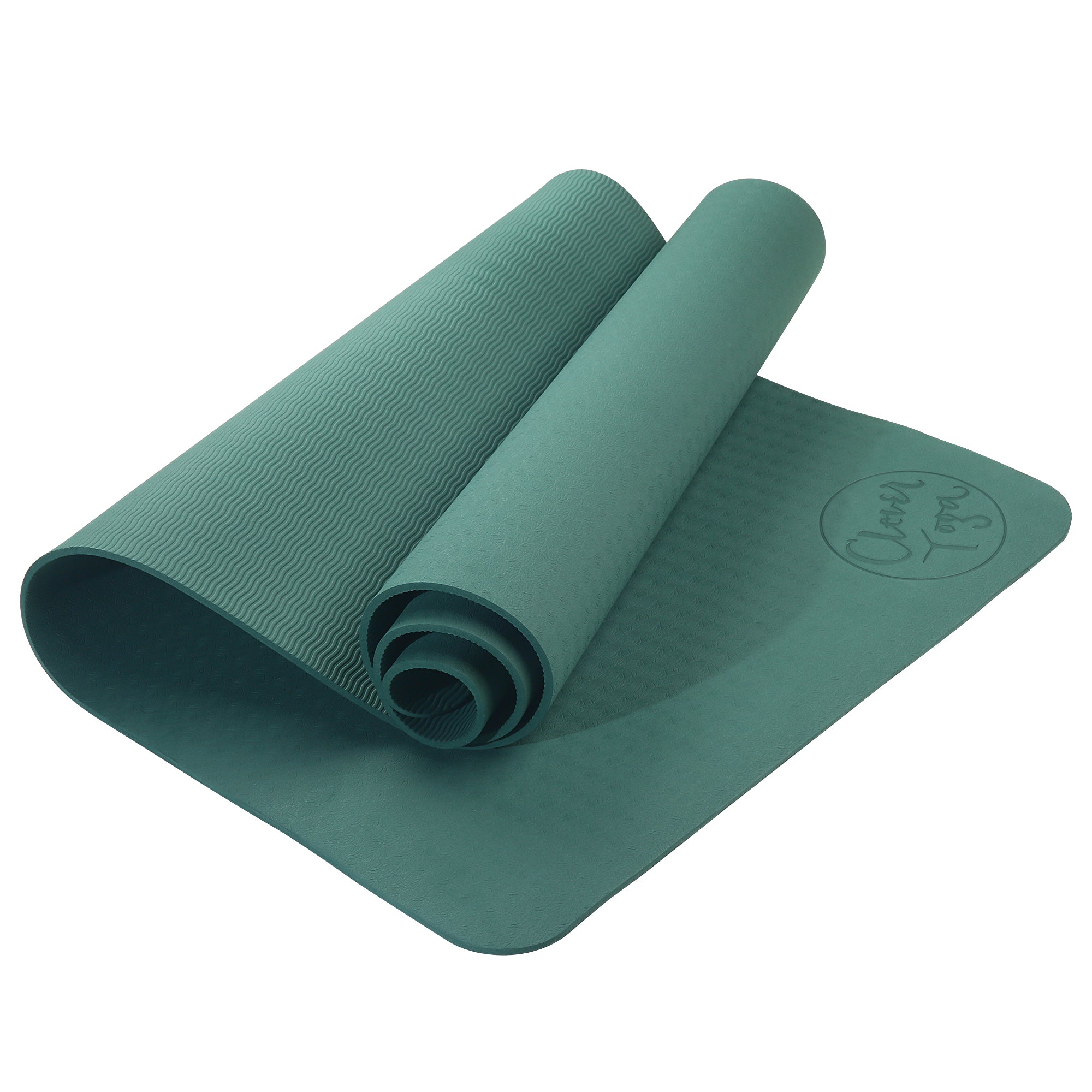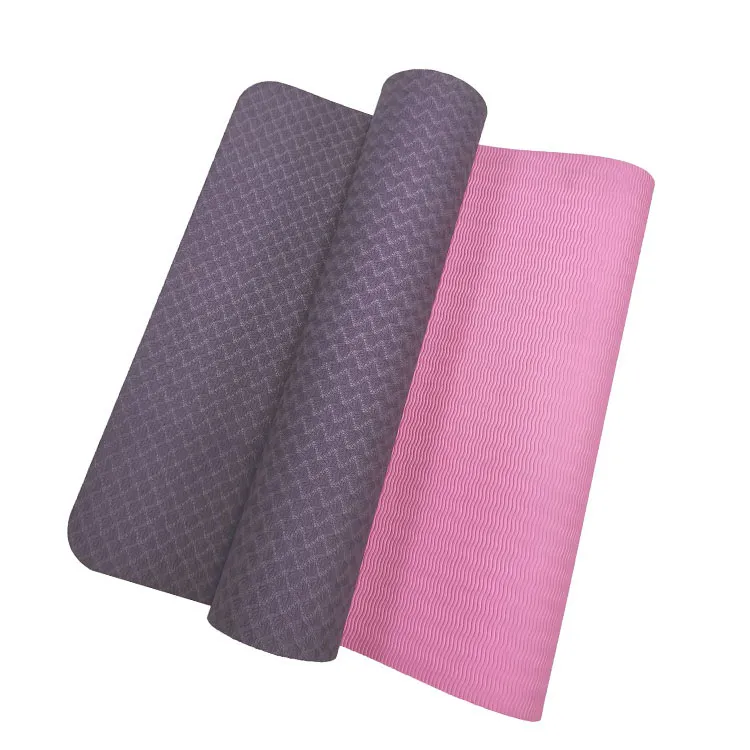What is the best yoga mat for beginners? Yoga has become increasingly popular in recent years, with people from all walks of life reaping the benefits of this ancient practice. Whether you are looking to increase flexibility, improve strength, or find a sense of calm and relaxation, yoga can offer something for everyone. One essential piece of equipment for any aspiring yogi is a reliable yoga mat. For beginners, finding the right yoga mat is crucial for a safe and comfortable practice. With so many options available on the market, it can be overwhelming to choose the best yoga mat. In this guide, we will explore the features and qualities of the best yoga mat for beginners, helping you make a well-informed decision.

Importance of a Good Yoga Mat for Beginners
For beginners, having a good quality yoga mat is essential for several reasons. Firstly, a proper yoga mat provides cushioning and support for the body during various yoga poses and movements. This can help prevent injuries and strain on the body, especially for those new to the practice. Additionally, a good yoga mat offers a non-slip surface, which is crucial for maintaining stability and balance during yoga sessions. Lastly, a comfortable and well-designed yoga mat can enhance the overall experience of practicing yoga, helping beginners feel more at ease and focused during their sessions.
Key Features to Look for in a Yoga Mat for Beginners
When searching for the best yoga mat for beginners, there are several key features to consider. These include:
- Thickness: A thicker yoga mat provides more cushioning and support for the body, especially for beginners who may be less accustomed to the pressure that comes with certain yoga poses.
- Material: The material of the yoga mat affects its grip, durability, and eco-friendliness. Common materials for yoga mats include PVC, rubber, TPE, and natural rubber. Beginners may want to consider a material that offers good traction, is easy to clean, and is free from harmful chemicals.
- Grip: A non-slip surface is crucial for maintaining stability and preventing injuries during yoga practice. Look for a yoga mat with good grip, especially for beginners who may be less familiar with proper alignment and balance in yoga poses.
- Size: The size of the yoga mat should provide enough space for comfortable movement and stretching. It should also be easy to transport and store when not in use.
- Eco-friendliness: For those who prioritize sustainability, an eco-friendly yoga mat made from natural or recycled materials may be a consideration.
- Price: While a higher price tag does not always guarantee a better yoga mat, it is important to consider the balance between cost and quality when selecting a mat for beginners.

Best Yoga Mat Options for Beginners
Manduka PRO Yoga Mat
The Manduka PRO Yoga Mat is a popular choice for both beginners and experienced yogis. It is known for its superior cushioning and support, making it ideal for those new to yoga. The closed-cell surface prevents sweat and moisture from seeping into the mat, and its high-density cushioning offers joint protection during various poses. The Manduka PRO is also made with eco-friendly materials and comes with a lifetime guarantee, making it a durable and sustainable choice.
Liforme Yoga Mat
The Liforme Yoga Mat is another top contender for beginners due to its innovative design and superior grip. The unique alignment markers on the mat help beginners maintain proper positioning and posture during yoga practice, enhancing safety and effectiveness. The mat is made from eco-friendly materials and provides excellent cushioning and support for the body.
Gaiam Essentials Thick Yoga Mat
For beginners on a budget, the Gaiam Essentials Thick Yoga Mat is a practical and affordable option. This mat offers extra thickness for cushioning and is made from a non-toxic PVC material that provides a comfortable and non-slip surface. The Gaiam Essentials mat is lightweight and easy to carry, making it suitable for beginners who want a reliable mat for home or studio practice.
How to clean a yoga mat
Yoga is a wonderful practice that benefits the mind, body, and soul, but it’s important to keep your equipment clean and well-maintained. One essential piece of yoga equipment that requires regular cleaning is the yoga mat. Over time, sweat, dirt, and bacteria can build up on your mat, creating an unsanitary surface for your yoga practice.
The Importance of Cleaning Your Yoga Mat
Regular cleaning of your yoga mat is essential for several reasons. The most important reason is hygiene. Throughout your practice, your yoga mat is exposed to sweat, oil, and dirt from your body, as well as bacteria and germs from the environment. Failure to clean your mat regularly can lead to the accumulation of these substances, creating an unsanitary surface that can cause skin irritations, infections, or illness. In addition to hygiene, regular cleaning of your mat also extends its lifespan, keeping it in good condition for years to come. Finally, a clean and well-maintained yoga mat enhances your practice by providing a safe, comfortable, and inviting surface for your yoga routines.

Cleaning Your Yoga Mat: Step-by-Step Guide
Step 1: Gather Your Cleaning Supplies
Before you begin cleaning your yoga mat, gather the necessary cleaning supplies. You will need a mild detergent or soap, a soft-bristled brush or sponge, a spray bottle, water, and a clean towel. For an extra boost of freshness, you can also use essential oils such as tea tree oil or lavender oil.
Step 2: Prepare the Cleaning Solution
Start by preparing the cleaning solution. Fill the spray bottle with water and add a small amount of mild detergent or soap. If you prefer a natural cleaning solution, you can mix water with a few drops of essential oil. Shake the bottle to mix the ingredients thoroughly.
Step 3: Spot Clean Stains and Spots
If your yoga mat has any visible stains or spots, spot clean them before proceeding with a full mat wash. Spray the cleaning solution directly onto the stained areas and let it sit for a few minutes. Then, use a soft-bristled brush or sponge to gently scrub the stains in a circular motion. Rinse the area with clean water and pat it dry with a clean towel.
Step 4: Clean the Entire Surface
Once you have spot cleaned any stains, it’s time to clean the entire surface of your yoga mat. Lay the mat on a flat surface and spray the cleaning solution generously all over the mat. Use a soft-bristled brush or sponge to spread the solution evenly and gently scrub the entire surface of the mat.
Step 5: Rinse and Dry
After scrubbing the entire surface, rinse the mat thoroughly with clean water to remove any remaining soap or detergent. You can do this by wiping the mat with a damp cloth or by spraying it with clean water. Once the mat is clean, use a clean towel to pat it dry or hang it in a well-ventilated area to air dry.
Step 6: Use a Natural Disinfectant Spray
To ensure that your yoga mat is fully sanitized, consider using a natural disinfectant spray after cleaning. Fill a spray bottle with water and add a few drops of tea tree oil or lavender oil, both of which have natural antibacterial properties. Mist the solution over the entire surface of the mat and allow it to air dry.
Step 7: Storage and Maintenance
Once your yoga mat is clean and dry, roll it up loosely and store it in a cool, dry place away from direct sunlight and moisture. To maintain your mat between cleanings, use a yoga mat spray after each practice to keep it fresh and germ-free.

Conclusion
The best yoga mat for beginners should offer a balance of comfort, support, and stability, helping new practitioners feel confident and safe during their yoga sessions. With the right yoga mat, beginners can make the most of their practice and enjoy the numerous benefits that yoga has to offer. Consider the key features and options outlined in this guide to find the best yoga mat for your individual needs and preferences. By investing in a quality yoga mat, beginners can set themselves up for a rewarding and fulfilling yoga journey.
